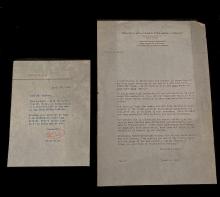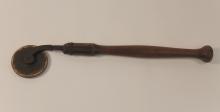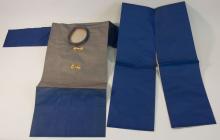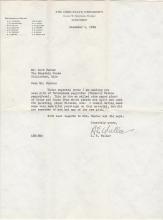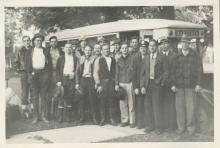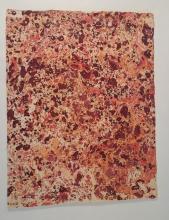This month’s artifact is a letter to Dard Hunter from a Mr. David Silve c. 1943 regarding the introduction of a newly invented font type: Times New Roman.
In 1929, a British newspaper entitled The Times of London hired typographer Stanley Morison to create a new font for the paper, after Morison criticized The Times for being “extremely out of touch with modern trends in typography.” Morison led the project and supervised Victor Lardent, an advertising artist for The Times, who actually drew the letterforms.

